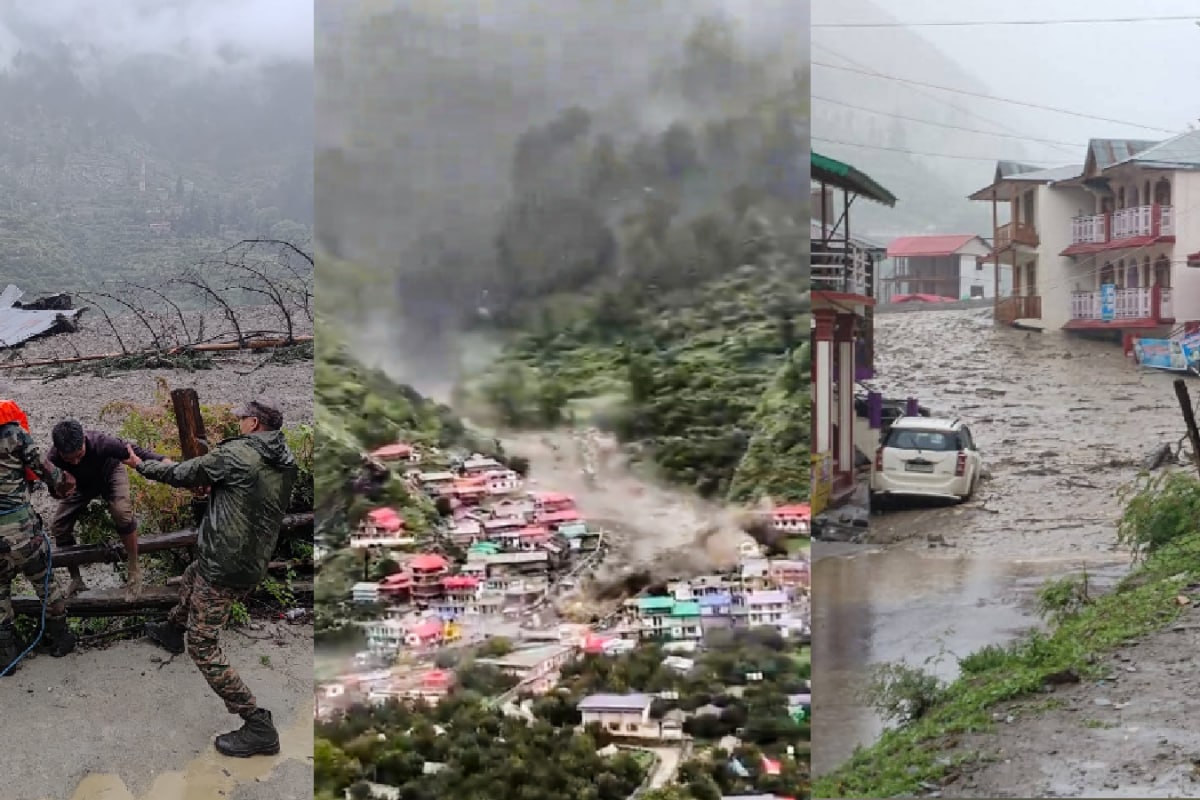

Heavy rainfall in Uttarakhand has triggered a rockfall incident that has damaged the canopy on the Haridwar-Dehradun railway track, leading to the suspension of train services on the route. The incident highlights the vulnerability of infrastructure in the region to extreme weather events.
The recent heavy rains have caused widespread disruption and damage across Uttarakhand. Incidents of house collapses, flooding, and rising water levels in rivers have been reported from various districts, including Haridwar, Tehri, Dehradun, and Chamoli. The State Emergency Operations Center reported that numerous roads, including national and state highways, have been blocked due to rain and landslides.
In light of the heavy rainfall, the Meteorological Department has issued warnings for several districts in Uttarakhand. A red alert has been issued for Dehradun, Tehri, Pauri, Haridwar, Nainital, Champawat, and Udham Singh Nagar, while an orange alert is in place for Bageshwar and Rudraprayag. The Director of the Meteorological Center in Dehradun, Vikram Singh, has advised people to stay in safe locations and avoid unnecessary travel.
The Uttarakhand government is actively involved in relief and rescue operations. Chief Minister Pushkar Singh Dhami has been monitoring the situation and has directed District Magistrates to remain on alert and ensure that all necessary resources for disaster management are readily available. Efforts are underway to clear blocked roads and restore connectivity.
The disruption of train services between Haridwar and Dehradun is likely to cause inconvenience to commuters and pilgrims. Authorities are working to repair the damaged railway track and restore services as soon as possible. In the meantime, passengers are advised to check with railway authorities for updates on train schedules and alternative transportation options.
The incident serves as a reminder of the challenges posed by extreme weather events in mountainous regions. The state government is working on long-term strategies to mitigate the impact of natural disasters and ensure the safety and well-being of residents and visitors. These strategies include improving infrastructure, strengthening early warning systems, and promoting responsible land use planning.